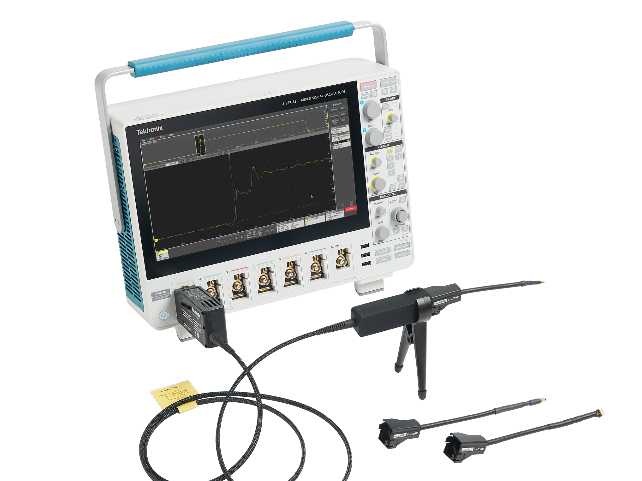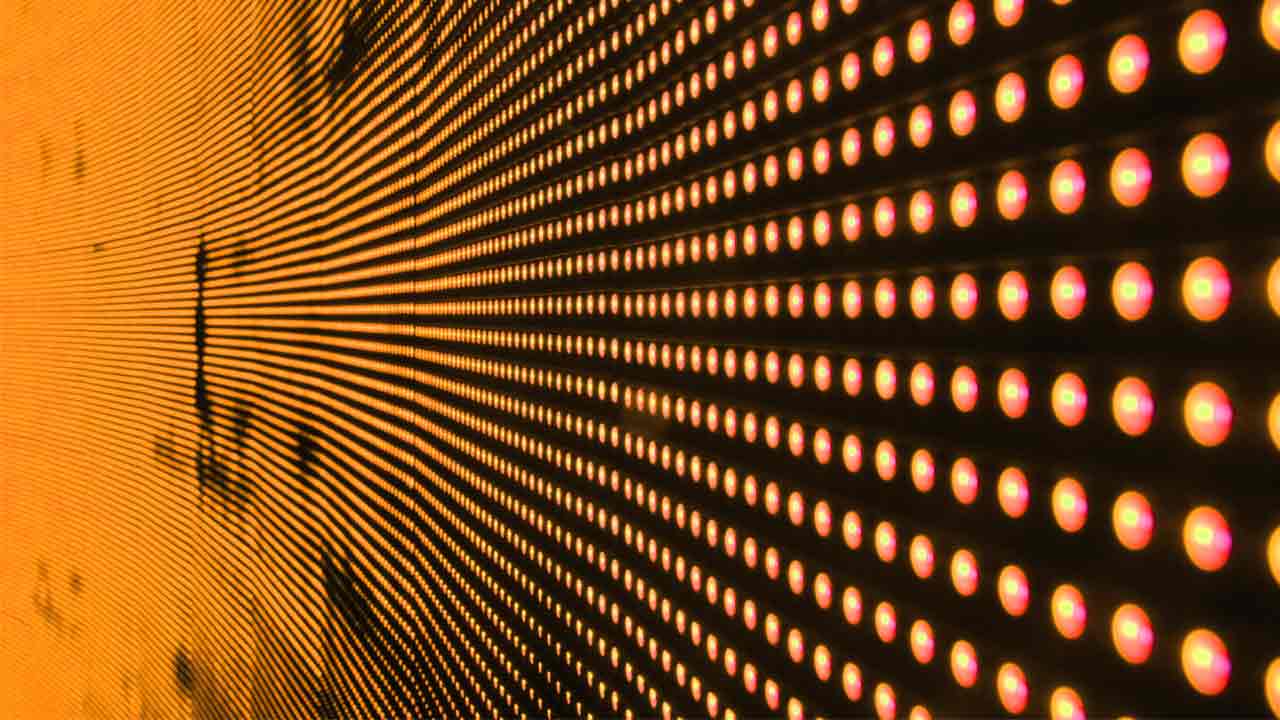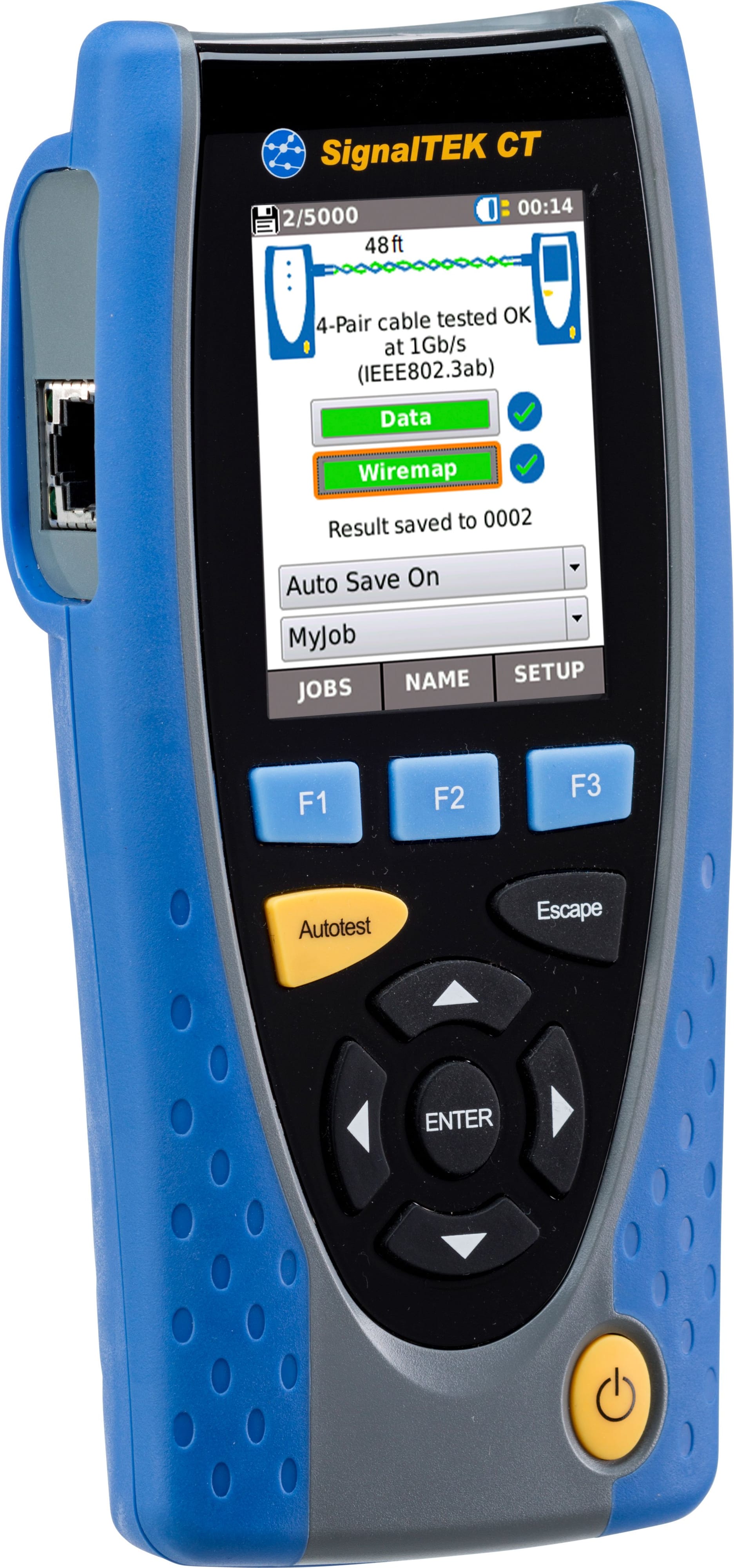

Each networkĪdapter and the connected device examines a packet’s control information to see How Do Packet Sniffers Work?Īs discussed above, when a sender transmitsĭata packets, the packets pass through several nodes in a network. ItĪllows them to measure the traffic flow in a network and also identify whichĪpplications are using the maximum bandwidth. Gain valuable insights about their infrastructure and its performance. Packet analyzer, network administrators can monitor their network traffic and With a packet sniffer, sometimes also called This is where packet sniffers offer a solution. Left unchecked, it can lead to significant delays in overall transmission Reliability to the transmission, it also increases resource consumption. Receives the acknowledgment of receipt from the receiver. In protocols like UDP, the sender continues to resend the packet until it However, networkĪrchitects use the protocol in only fault-tolerant networks, where losses belowĬertain thresholds are acceptable and don’t affect the communication. Mechanism to recover the packets lost in transmission. In protocols like TCP/IP, there’s no inherent However, the transfer of packets inĪ network can get disrupted due to several issues and network errors. Receiver, packet sequencing information (e.g., packet number), and more toĮnsure packets reach the right destination. The control information includes IP addresses of the sender and the

Node often pass through several nodes in a network and can end up at the wrong Information is required as packets intended to be transferred to a specific

Help in the delivery of packets from source to destination. In addition to theĪctual information or data, all packets contain control information designed to These packets vary in their format,ĭepending on the network protocol (TCP/IP, UDP, etc.). In networking, the data is transferred in theįorm of packets, or small chunks of data. However, theĬoncepts of data transfer in all such networks remain the same. Modern networks are a mix of physical and wireless connections. While most of the traditional networks maintain physical or wired connections, A healthy networkĬonnection ensures the data between these nodes is transferred reliably and atĪn acceptable speed according to the bandwidth and throughput of the network. Terminology, all these components are called nodes. Such as workstations, servers, networking hardware, and more. What Are Packets, and Why Do WeĪll networks consist of several components, This article, we’ll discuss packet sniffing in detail and also explore commonly

With cyberattacks, it’s commonly used by internet service providers, governmentĪgencies, advertisers, and even large organizations for network monitoring. While the packet sniffing technique is often associated Keep track of packets (small formatted units of data) and ensure they’re One of theseĬommon practices is known as packet sniffing, which helps IT administrators Various standards for security and Quality of Service (QoS). ITĪdministrators have to rely on different protocols, networking best practices,Īnd network monitoring tools to ensure the flow of data in a network meets In IT operations, ensuring secure and reliableĬommunications over different networks is a crucial requirement.


 0 kommentar(er)
0 kommentar(er)
